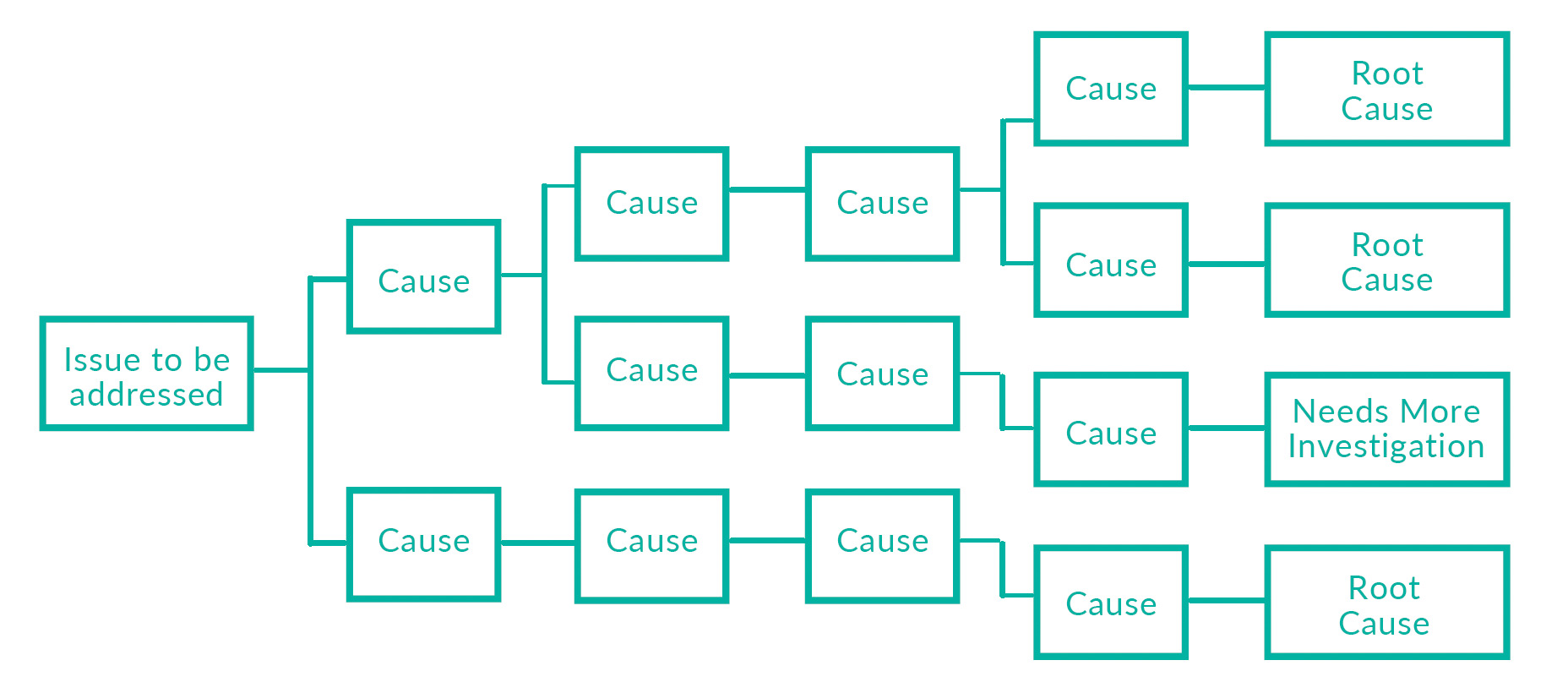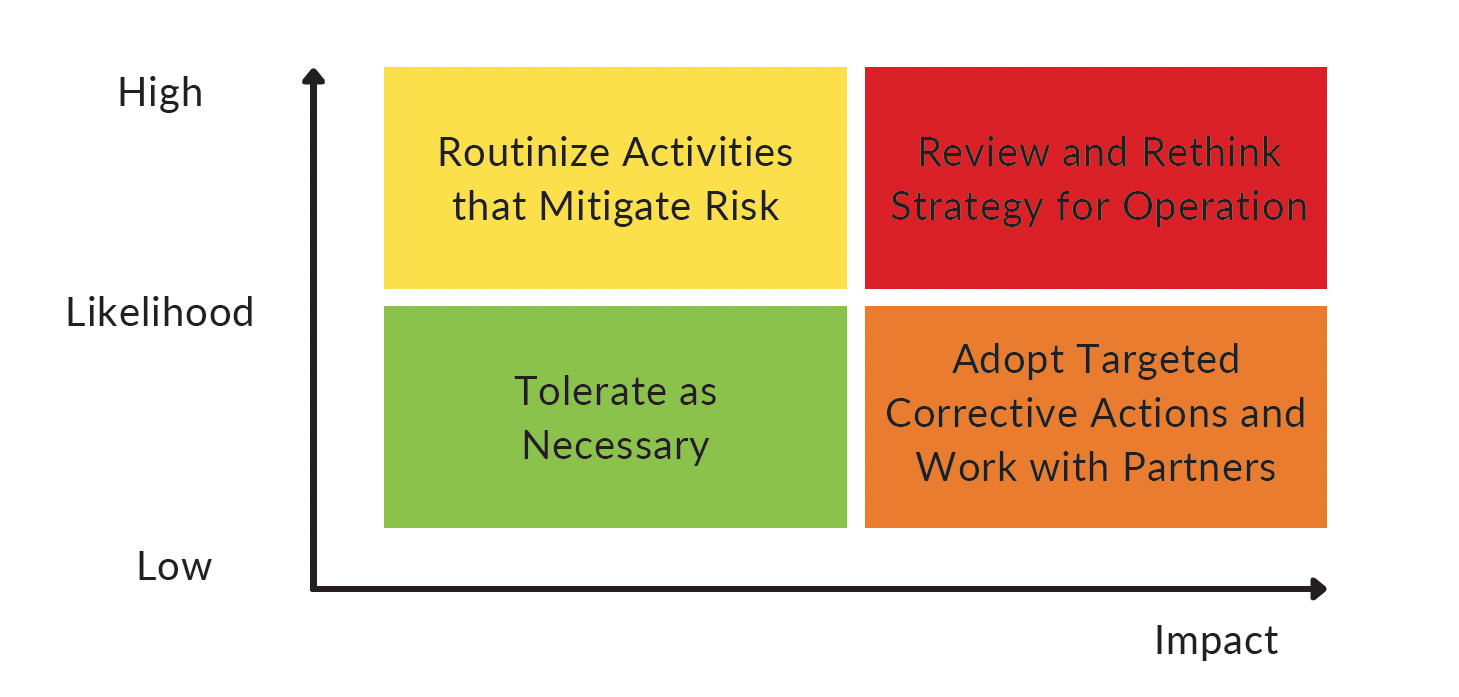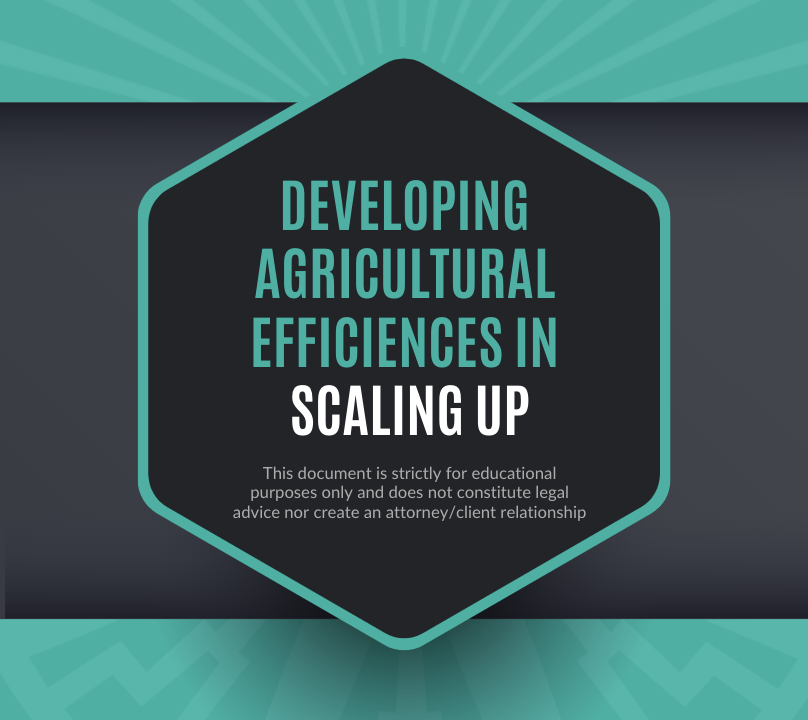This document is strictly for educational purposes only and does not constitute legal advice nor create an attorney/client relationship.
Scaling up may sound like business terminology, misaligned with the economies of new and beginning farms and ranches in Indian Country. Production operations, whether for agriculture or another enterprise, manage processes to release goods for consumption. These processes incorporate inputs, typically categorized as “assets”, to transform an item into a product that can be distributed or sold for market. No matter what type of market a farmer or rancher engages, scaling up is a useful framework for developing efficiencies and expanding inputs to broaden or deepen your market reach, either by tapping into a larger number of markets or by producing more for distribution at current market(s).
Managing Value Added Activities by Acknowledging Assets
Farming and ranching are the first value added activities in agriculture, moving a product through infancy to a state where it can be processed or consumed raw. Identifying how inputs fit together as part of a process may be difficult without first mapping each step.
A process map is a visual way of depicting the movement of goods through your operation and the decisions you make to cultivate value for the product. By recognizing how these inputs play a role, you can address gaps and recognize opportunities, while ensuring you are not inadvertently including unnecessary steps in your activities.
Steps to Building a Process Map

IDENTIFY WHAT PROCESS YOU ARE MAPPING:
- Where does it start?
- Is this a sub-process that feeds into a bigger system?
- What is the final product or service at its end?
OUTLINE PROCESS STEPS:
- New process steps can be identified through brainstorming.
- Current processes should be observed to determine what is actually being done.
- Sticky notes can be helpful to move process stages around visually until the full process is confirmed.
SORT STEPS IN ORDER OF WHEN THEY HAPPEN IN THE PROCESS.
PLACE STEPS IN THE PROCESS MAP, USING THE APPROPRIATE SYMBOLS
Basic Process Map Key:

Addressing Risks and Challenges
Risks can be thought of as any factor that creates the possibility of not meeting a desired characteristic in a process. In building out your production, it can be a useful exercise to identify what the cause of each issue is and how that cause feeds into your processes, such as asking “Why?” as many times as necessary until you find the root cause (typically at least 5 times). Bigger issues that encompass more of the process may require many more times. Some root causes may require further investigation. Technical service providers like the Intertribal Agriculture Council may be able to provide more insight in these areas. The Why-Why Diagram is like the process follow diagram in that it show show each stage is connected.
Why-Why Diagram

Ranking Risk
Once causes have been outlined, they can be grouped together by topic. Each grouping should then be ranked against the impact of removing the cause and whether they are easy or more challenging to address quickly. One way to prioritize risk factors is to separate them into quadrants based on the their likelihood of occurrence and relative impact to the process or operation. Based on where they call on this graph, different actions may be recommended.

Common Considerations Faced by Producers
While not every tribal farmer or rancher comes across these considerations, below describes common constraints many face in scaling up their agriculture operation. As you think through each issue area, it may be helpful to refer back to the Why-Why Diagram to ensure that you are tailoring your strategies and processes to effectively address these issues.
Areas of Potential Risk:
Reaching Desired Production Level
Challenges to Consider
- What is your targeted level of production?
- What inputs are required to reach this level?
- What amount of acreages/land is needed to support this production level?
- How many staff are necessary to maintain growing, harvesting and packaging?
- What physical inputs are necessary, e.g., quantity of seed?
- What are best practices or strategies that can be adopted now that support this goal?
- What financing is necessary to provide for the purchase and maintenance of these inputs?
Opportunities
- What partners are available to compliment current production levels to, collectively, meet market demand?
- What financers, either through loan or grant, openly support similar types of production?
- Who can help inform production efficiencies and best practices?
- Consider organizations like the Intertribal Agriculture Council, IFAI, cooperative extension,Tribal Colleges/Universities, and others
Regulatory Compliance for Production and Sales
Challenges to Consider
- What regulations are required by your current level of production?
- What regulations are required by your intended level of production?
- What regulations are required by markets or vendors you would like to work with?
Opportunities
- Regulation compliance may be an opportunity to affirm that an operation is taking active steps to reduce food-borne illnesses and promote quality.
- What exemptions are available for your operation?
- How can you integrate these standards now to make scaling to a larger operation size/production level easier?
Accessing Land
Challenges to Consider
- What is your current level of access to land?
- How much land is necessary to achieve your desired operation size?
- Is this land available for purchase or lease?
- How fractionated are land interests?
Opportunities
-
Programs may be available through USDA or your tribe to help consolidate fractionated land interest or purchase land.
Land Tenure
Challenges to Consider
-
Do you have a will or trust in place?
-
Are you inheriting property without a will?
Opportunities
-
It is never too early to consider issues related to what will happen to your land or estate. Indian Land Tenure Foundation offers “Will in a Box” as a convenient way for developing a will or an estate plan.
-
USDA Farm Service Agency provides guidance for how to establish farm ownership under heirs’ property, jointly owned by descendants of a person whose estate did not clear probate.
Limited Infrastructure
Challenges to Consider
- What infrastructure is available to you on your operation, e.g., broadband, water, electric, mobile?
- If not, where is the closest location to access necessary infrastructure points.
Opportunities
- Tribal communities have grown or raised food pre-dating colonization. Traditional practices continue to prove resilient for managing agriculture production.
- Regulations may allow exemptions or modifications based on limited infrastructure. Inversely, alternative practices may be available to meet compliance requirements.
Workforce Recruitment & Retention
Challenges to Consider
- Do you have enough people supporting your operation to reach intended production levels?
- What is the interest level in your community in supporting agriculture? What are their skill sets?
- Are youth programs available that garner Native youthinterest in farming or ranching?
- What training programs have you used to meet regulatory compliance?
Opportunities
- Training program templates are available under FSMA,e.g., IFAI offers webinars, recordings, and trainings discussing Produce Safety Rule requirements.
- USDA’s Economic Research Service offers tips and considerations on managing farm labor.

